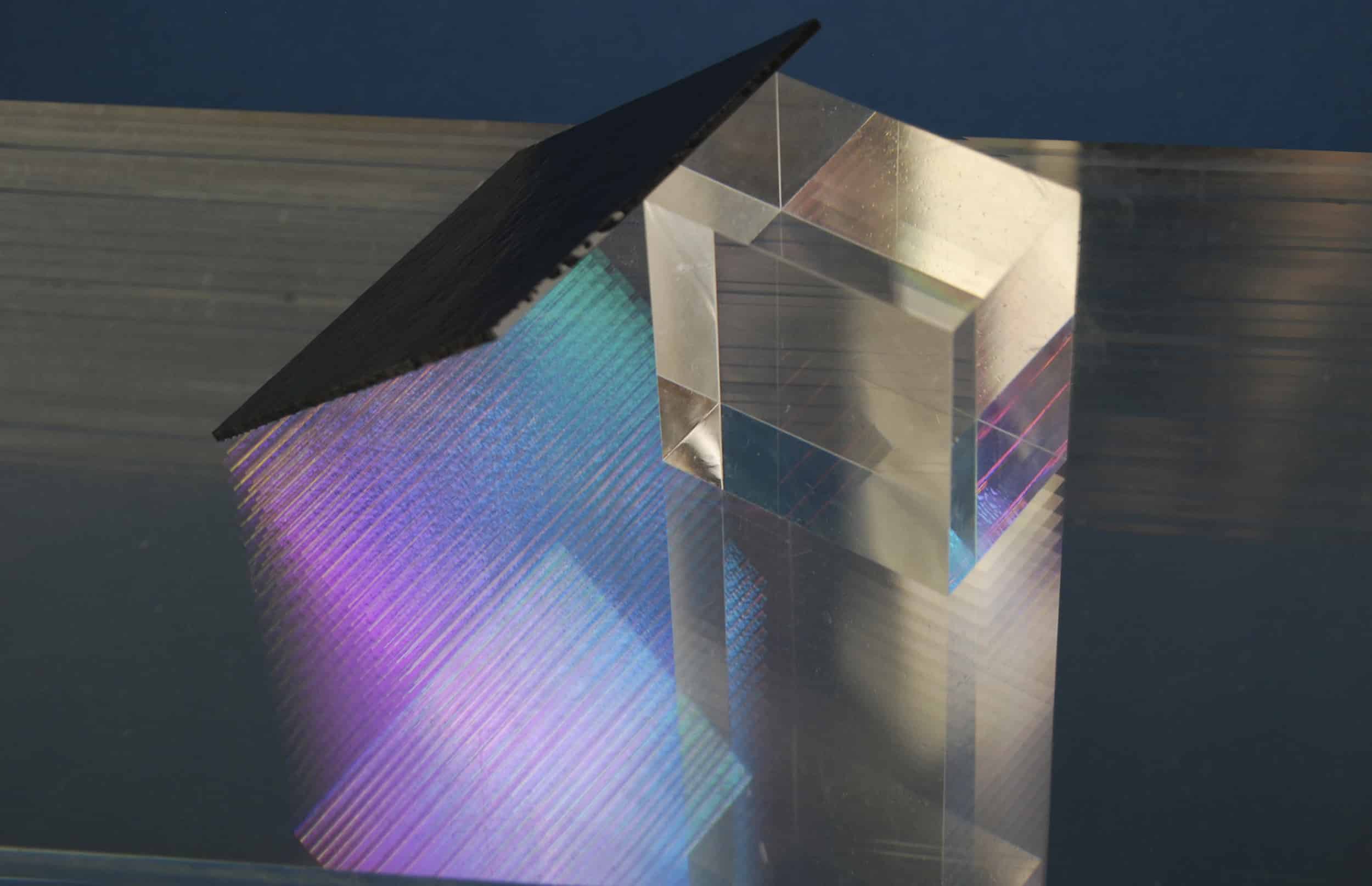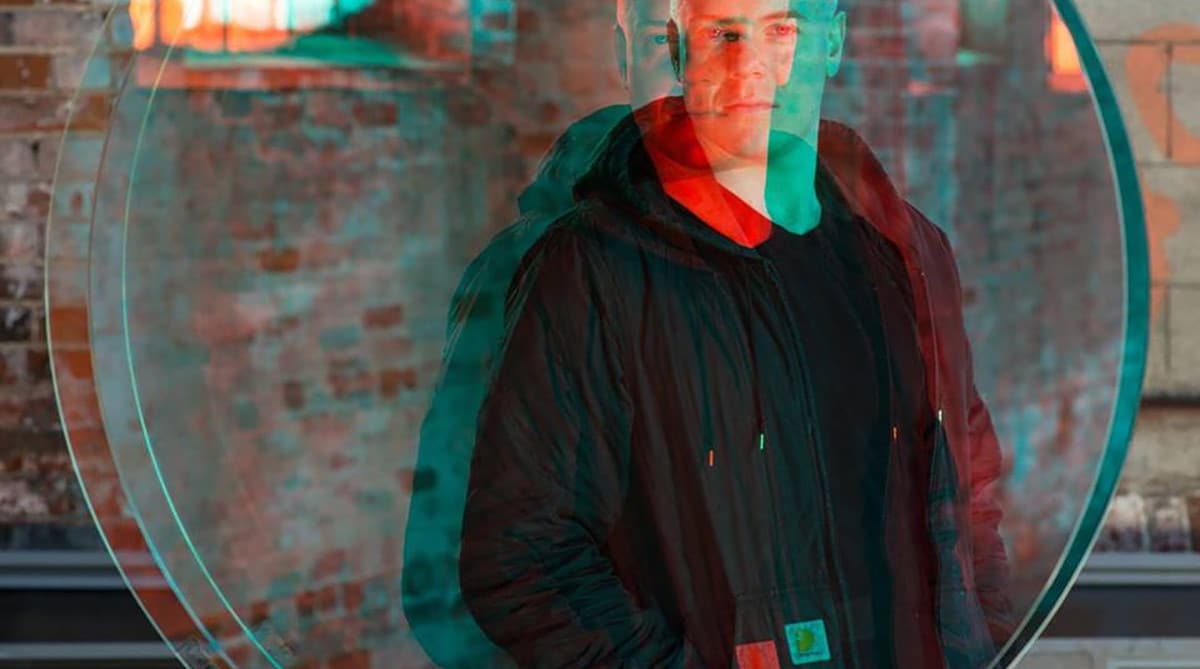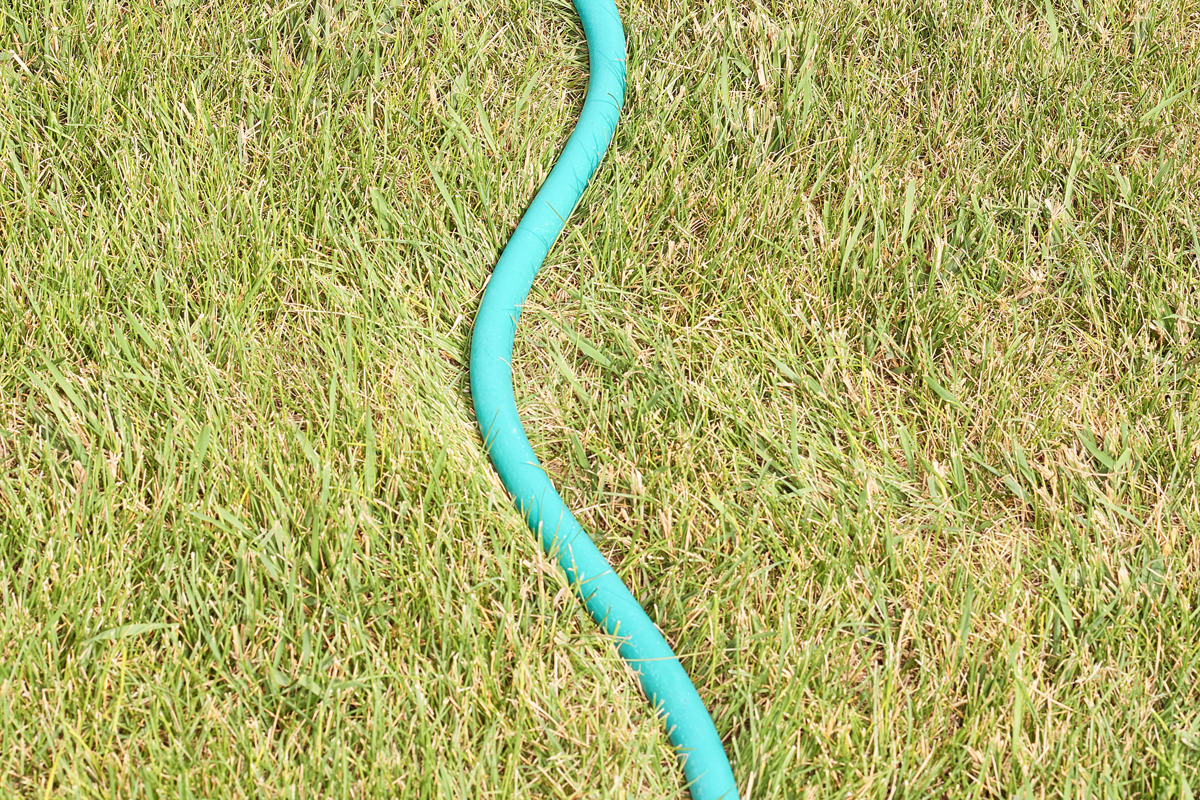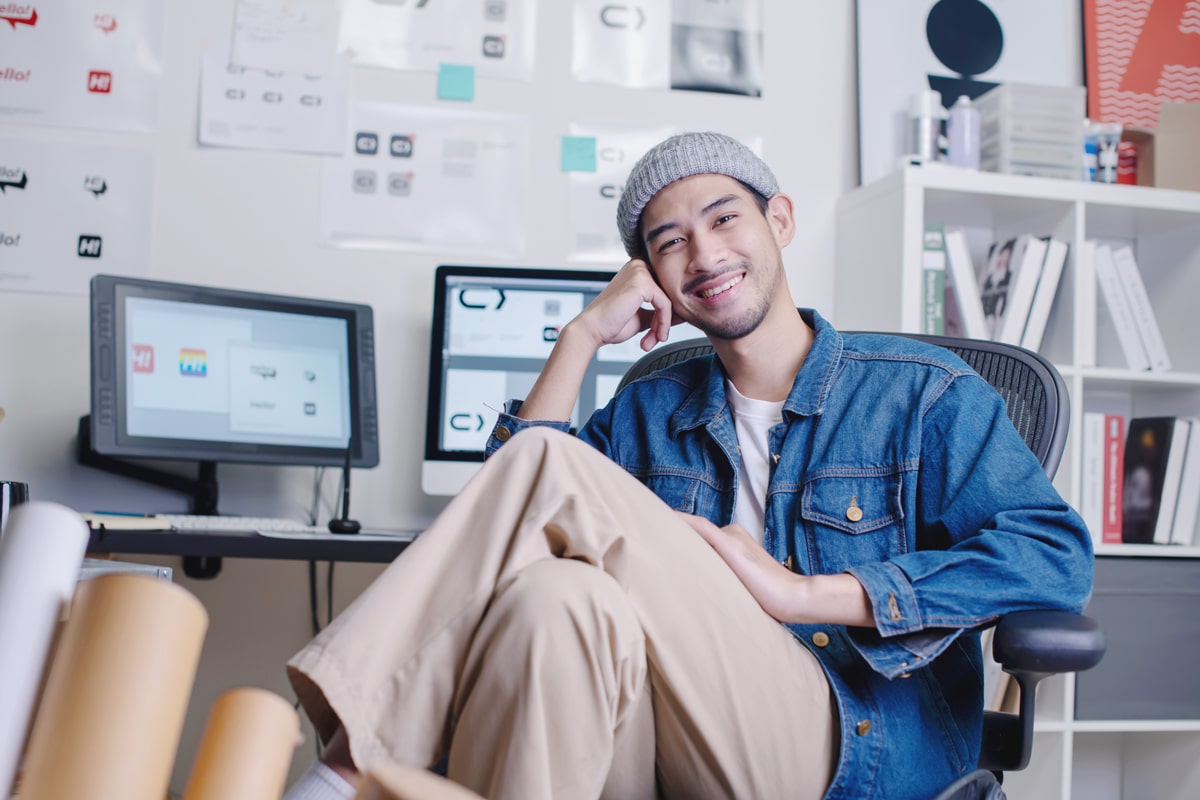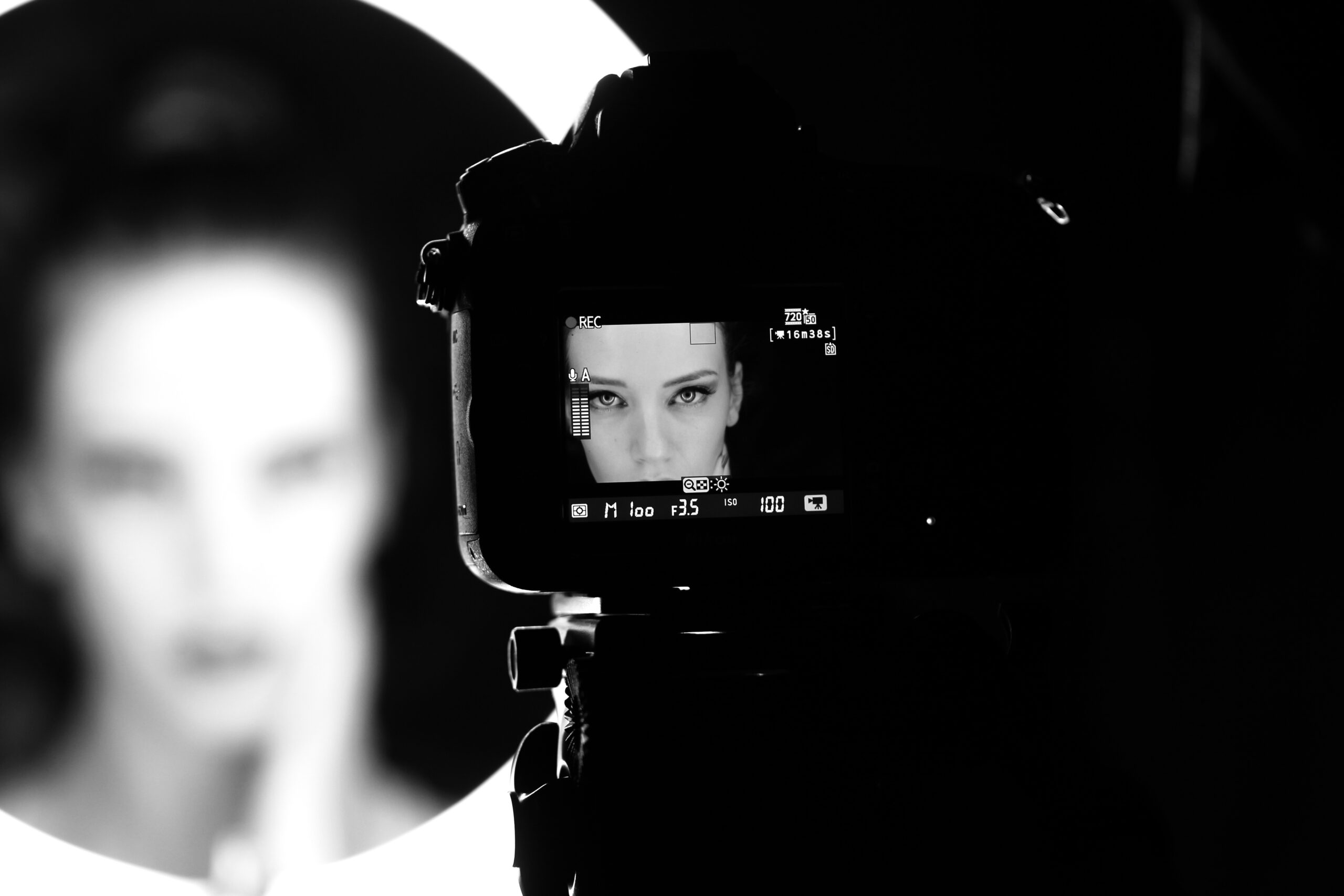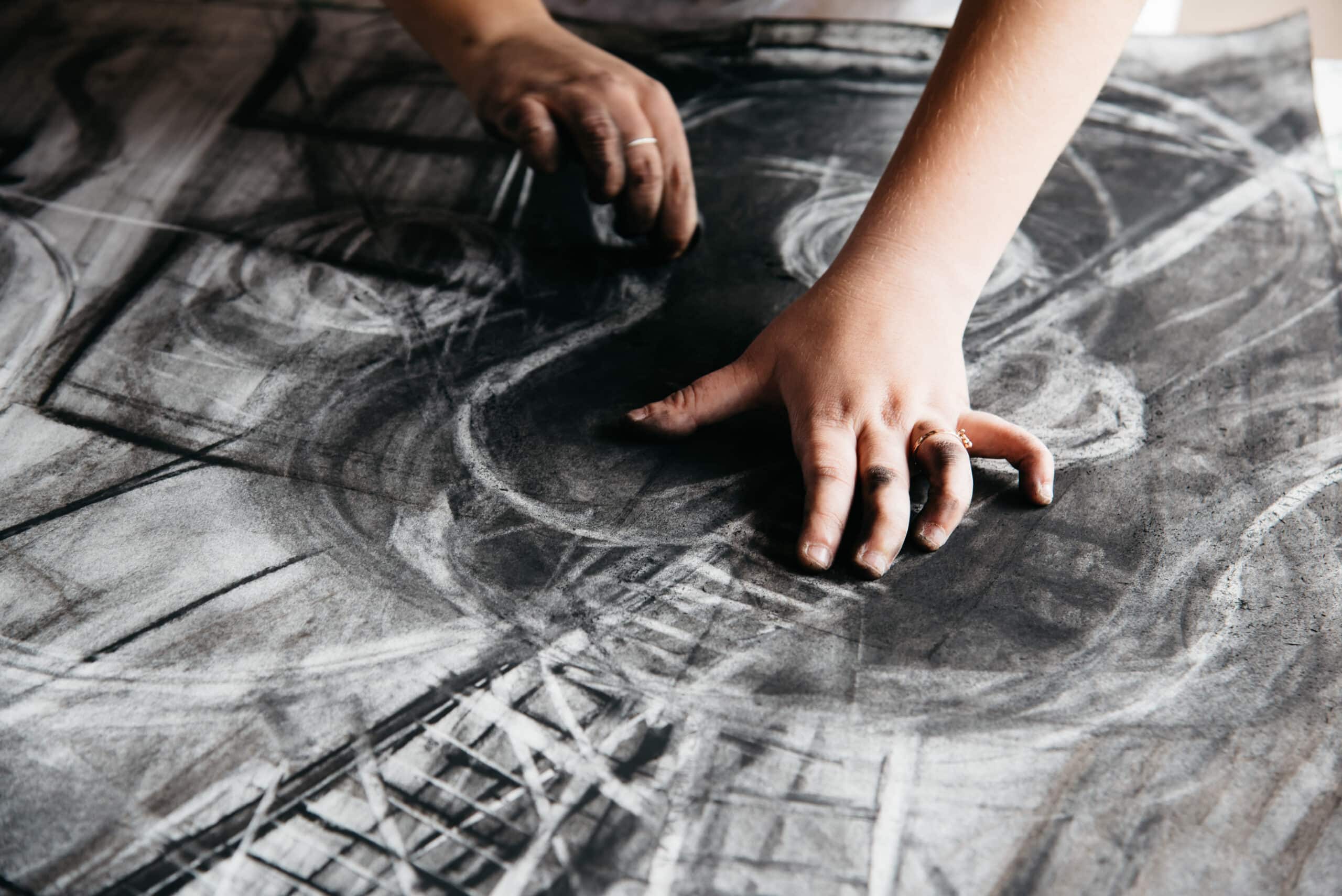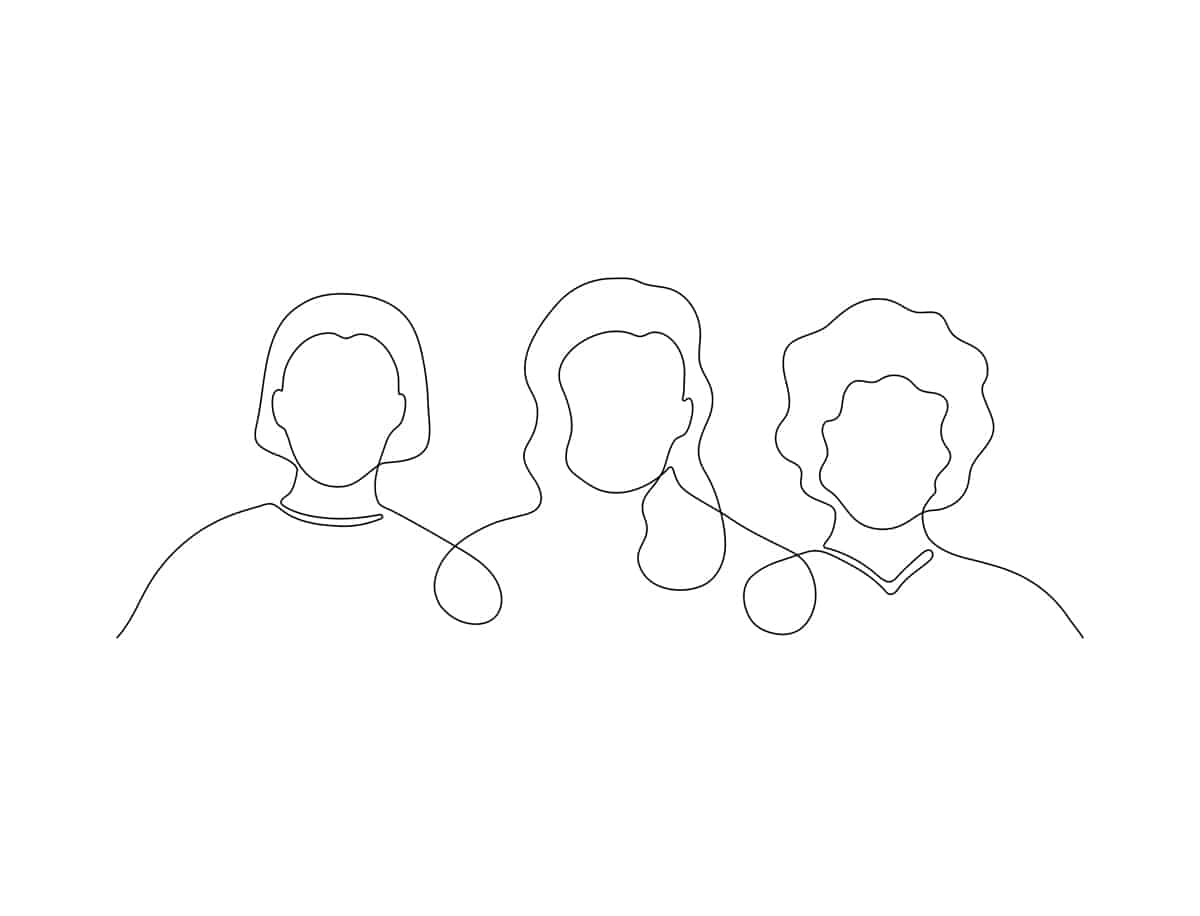D'un apprentissage sur les falaises du Chili à la création d'installations lumineuses pour les plus grandes galeries d'art du monde.
Jordan Söderberg Mills est un savant fou. Ses installations sculpturales sont des expériences sur la lumière, la physique, l'espace et le son. Anaglyphe (2016) est un miroir en verre optique qui joue avec l'imagerie stéréographique en couches. Parabole I (2016) repose sur le sol comme un portail qui déforme les images du monde qui vous entoure.
Chaque projet nécessite des années de recherche et de prototypage. Le travail de Mills s'appuie sur un solide bagage académique qui, comme par magie, n'exige pas le même niveau de connaissances de la part des spectateurs. Vous regardez l'objet et vous êtes émerveillé, c'est aussi simple que cela.
L'artiste, qui vit à Londres et à Toronto, a été exposée au Victoria and Albert Museum, à la Tate Britain, au London Design Festival et à la Power Plant Gallery. Power Ball. Alors que la tendance à l'art numérique se confirme, les objets d'art de Mills sont une occasion de plus en plus rare d'interagir avec une œuvre physique dans un cadre public.
Nous lui avons parlé de son apprentissage sur les falaises du Chili, de ses conseils en matière de fabrication d'objets d'art et des raisons pour lesquelles il n'y a pas de mal à rencontrer des inconnus sur Craigslist.
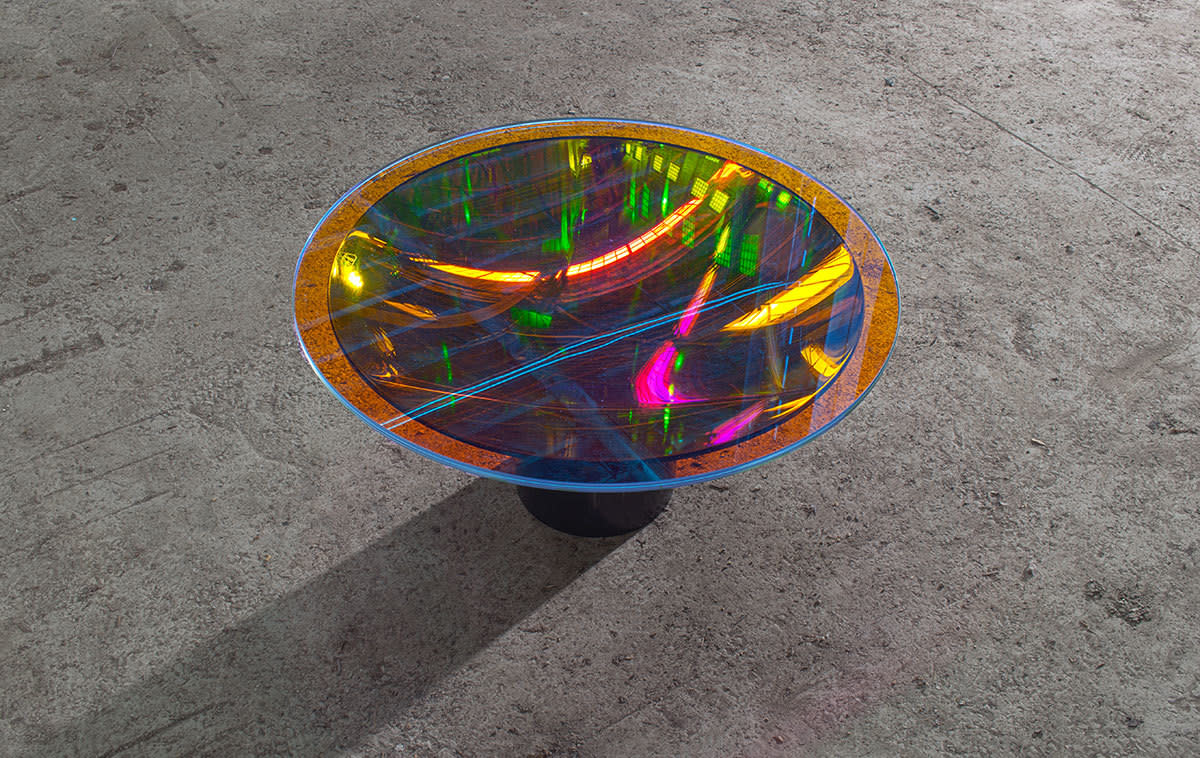
Bonjour Jordan ! Pouvez-vous me dire comment vous avez commencé à fabriquer ces objets ?
Jordan Söderberg Mills : J'ai obtenu mon diplôme de premier cycle en histoire de l'art et j'ai réalisé, après cinq ans d'études, que je n'en pouvais plus. J'avais besoin de faire quelque chose de différent. Je me plaignais de ne pas pouvoir construire mes propres idées et de ne pas pouvoir faire ce que je voulais. Francisco Gazituaun artiste chilien, m'a proposé un apprentissage. Il m'a dit : "Je peux t'apprendre à souder", et je me suis dit : "Bien sûr, pourquoi pas ?".
Comment cela s'est-il passé ?
Je vivais dans un hangar sur sa propriété. C'était magnifique. Il vit sur une falaise au Chili. Je me levais à 5 heures du matin pour affûter ses outils et préparer sa forge. C'était l'idée de la Renaissance d'un mentor et d'un apprenti.
Le mentorat semble se perdre de nos jours. Tout le monde apprend par soi-même à partir d'une vidéo YouTube
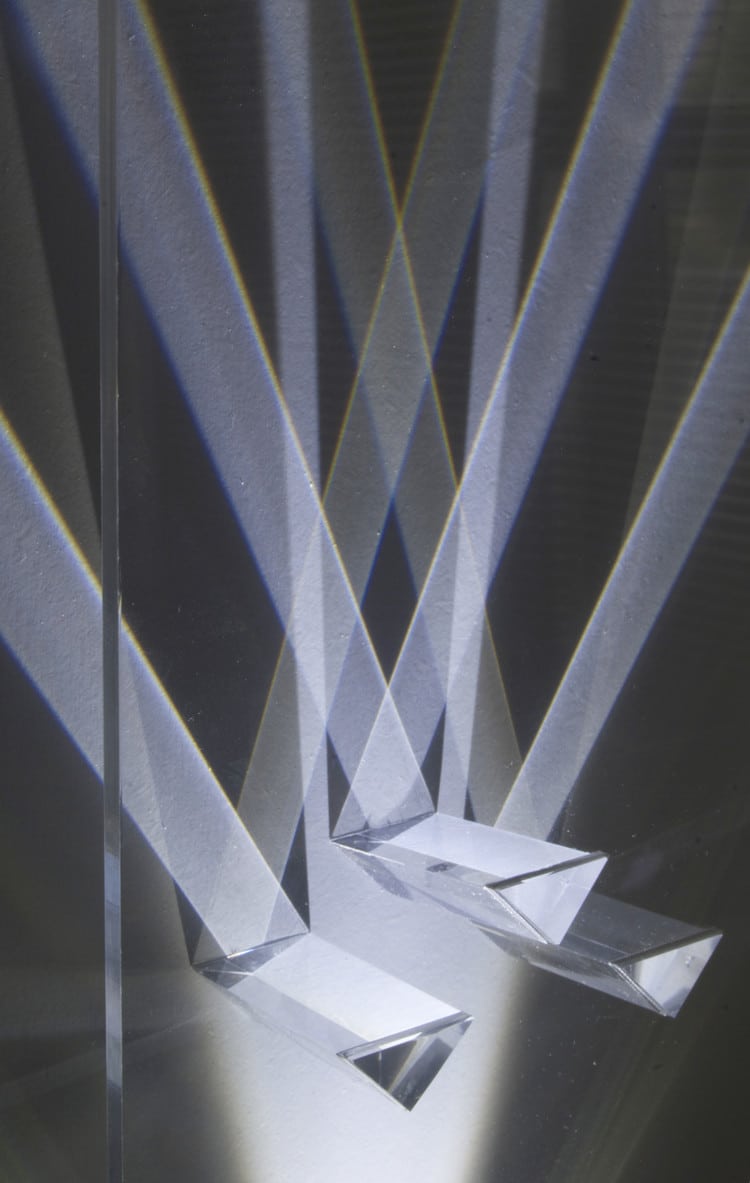
Il aurait sans doute été plus facile de regarder une vidéo sur YouTube, car c'était assez éprouvant. C'était le meilleur cardio du monde. Pendant que j'étais l'apprenti de Francisco, j'étudiais également l'architecture à l'université locale. Plus je travaillais avec Francisco, plus je me rendais compte que c'était ma vocation : fabriquer des objets.
Comme il n'y avait pas d'IKEA à Santiago, j'ai fini par fabriquer tous les meubles de mon appartement en acier. Cela m'a amené à suivre un cours de courte durée sur les méthodologies de conception. La moitié de la formation s'est déroulée à Barcelone et l'autre moitié au Central Saint Martins de Londres. Ensuite, j'ai fait un master à Central Saint Martins.
Quand êtes-vous devenue obsédée par la lumière et la couleur ?
Je m'intéresse beaucoup à l'idée de l'interstitiel - les choses qui se trouvent entre les états. Les monstres, la magie, l'étrange. Tous les moments où vos attentes sont déçues et où vous vous dites : "Mais qu'est-ce que c'est que ça ?
Mon travail de maîtrise consistait en des expériences sur la façon dont la physique interagit avec la perception. Il s'agit d'objets de design, mais aussi d'expériences de physique. Je me sens un peu comme un savant fou.
J'ai toujours voulu être un sorcier. Quand j'étais enfant, mon frère jouait avec des armes et je lui disais : "Je contrôle les éléments !" et il me répondait : "Va contrôler cet arbre là-bas".
Comment s'est déroulée votre recherche initiale ?
Lorsque j'ai intégré Central Saint Martins, je regardais des kaléidoscopes et je recréais ce que je voyais. Ce fut un tournant dans ma pratique. Les professeurs m'ont dit : "C'est une très bonne idée, mais vous regardez l'ombre et vous la reproduisez. Pourquoi ne travaillez-vous pas avec l'ombre réelle ?
J'ai donc apporté une lampe de poche Maglite géante, comme celles qu'utilisent les policiers, au Victoria and Albert Museum et je l'ai éclairée à travers des objets de la collection de verre. Je voulais voir quels types de motifs allaient émerger.
J'ai acheté un prisme dans la boutique de souvenirs et il a fait des choses intéressantes en relation avec la lampe de poche. Si je le tournais d'une certaine manière, il produisait un arc-en-ciel. J'ai donc commencé à accumuler de plus en plus de prismes pour trouver des moyens de créer des motifs uniquement à partir de la lumière. Cela m'a amené à faire des recherches sur les matériaux iridescents, notamment les ailes de papillon.
Je me demandais comment créer de la couleur, non pas en peignant quelque chose, mais en produisant de la couleur à un niveau physique.
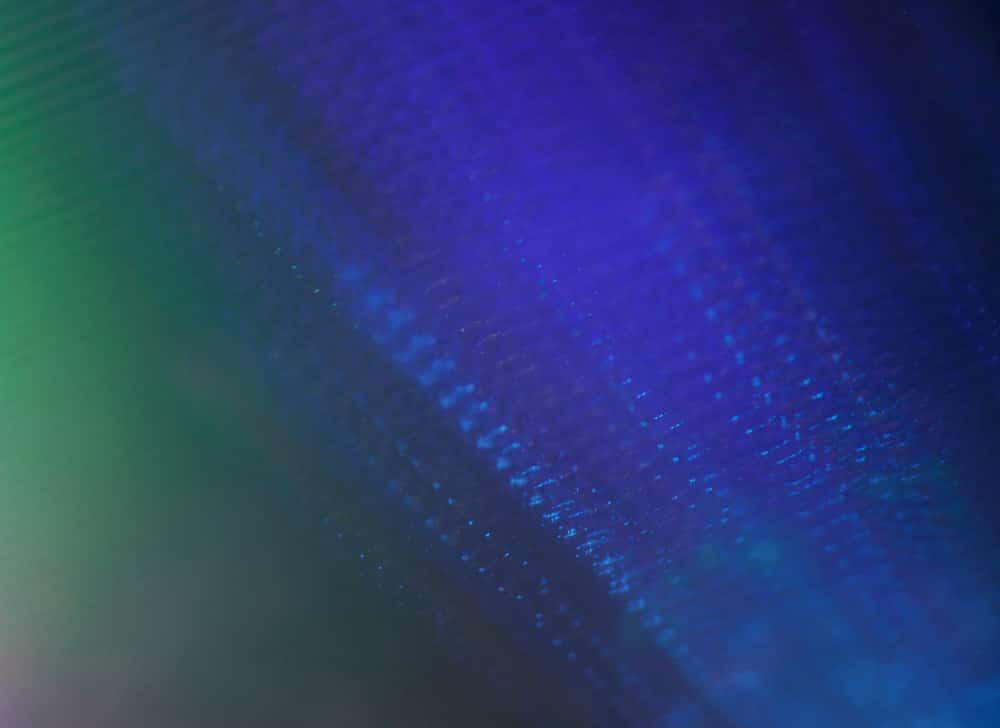
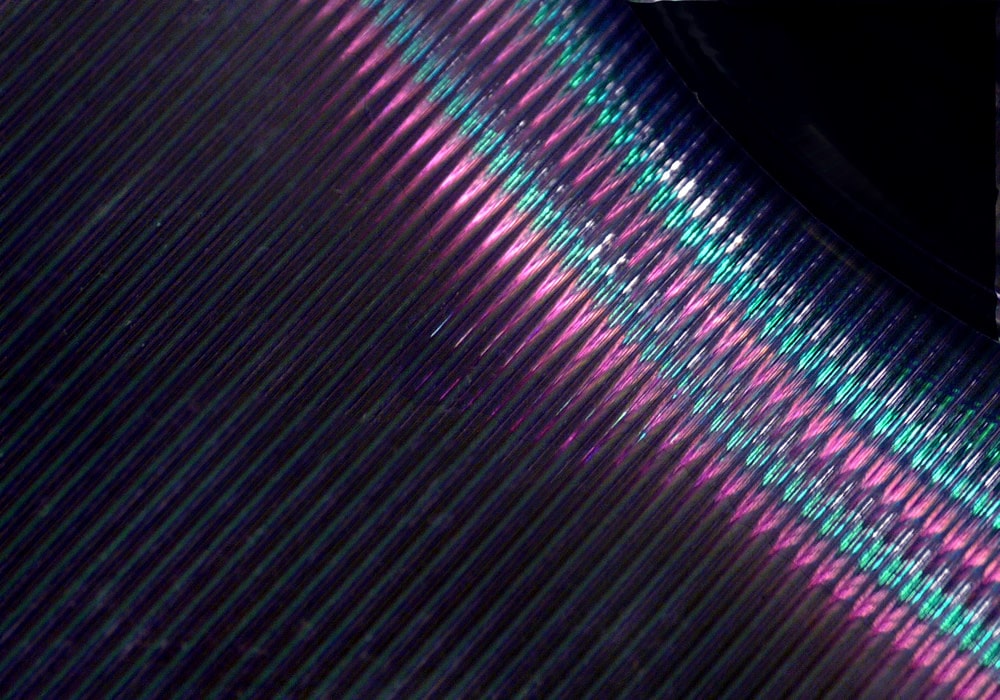
Comment la recherche conceptuelle se traduit-elle dans la création de vos objets ?
La première partie est l'itération avec les matériaux. Comme je m'intéresse à la lumière et à sa matérialité, j'ai étudié les différentes façons dont les scientifiques utilisent la lumière à des fins d'analyse : lentilles polarisantes, filtres optiques, loupes, prisme, lasers.
J'ai expérimenté ces objets les uns par rapport aux autres. Je les éclairais pour voir comment ces objets interviennent avec la lumière et comment les manipuler. Lorsque j'ai compris quelque chose comme "Oh, cet oxyde métallique fait quelque chose de vraiment intéressant", je contacte le laboratoire et lui demande s'il est intéressé pour essayer quelque chose de nouveau...
Il est tellement plus facile pour les jeunes artistes émergents de créer des œuvres numériques. Que conseillez-vous aux artistes qui souhaitent travailler avec davantage de matériaux, mais qui n'ont pas l'impression d'avoir accès aux outils ou aux ressources nécessaires ?
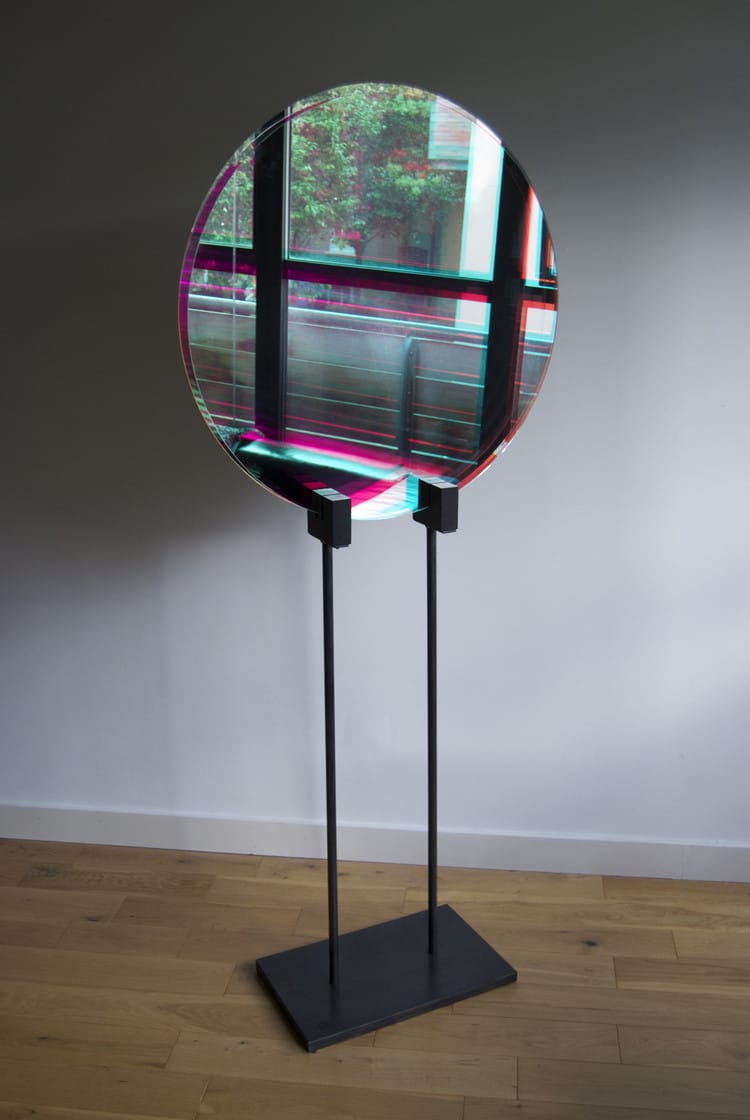
Pour un artiste qui souhaite vraiment travailler avec des matériaux, les budgets sont évidemment une question importante. Trouver un moyen de payer les matériaux est un défi en soi. C'est presque 50% du temps : trouver des ressources pour pouvoir expérimenter.
Beaucoup d'artistes se tournent immédiatement vers le numérique et l'éphémère, car c'est beaucoup moins cher. Vous pouvez être dans un café avec un ordinateur portable et quelques logiciels piratés et créer des choses étonnantes.
S'ils sont intéressés par la fabrication d'objets, ils doivent se familiariser avec les outils électriques. Mon apprentissage a été une bonne introduction à cela. C'était difficile parce que je devais voyager, mais c'était moins cher de vivre là-bas et je n'avais donc pas à me démener autant. Je pouvais investir mon argent dans ma pratique artistique.
Vous pouvez acquérir une expérience similaire en vous rendant dans les ateliers communaux de la ville. Suivez un cours du soir sur le travail du bois, la sculpture sur pierre ou l'outillage en cuir. La quincaillerie Lee Valley propose des cours de week-end sur la menuiserie de base et le travail du bois.
Avez-vous déjà suivi un cours de ce type ?
J'ai pris un cours d'émail avec une femme sur Craigslist. En général, ce n'est pas une bonne idée de se présenter chez quelqu'un qui vient de Craigslist, mais c'était génial. C'est une compétence qui ne fait peut-être pas partie de ma pratique actuelle, mais j'aime l'idée de comprendre la qualité de la surface des métaux. Il s'agit de se constituer une boîte à outils dans des domaines aussi divers que possible, car on ne sait jamais quand cela sera utile.
Jordan Söderberg MillsLe portefeuille de l'entreprise
